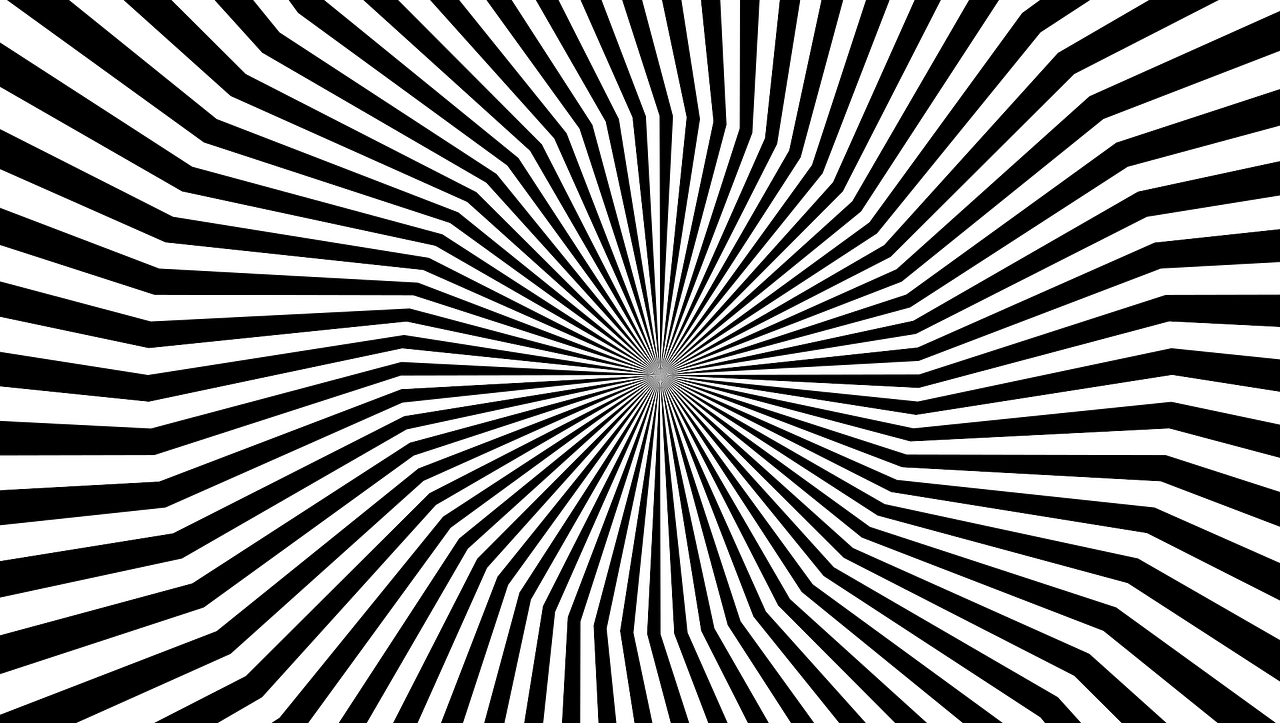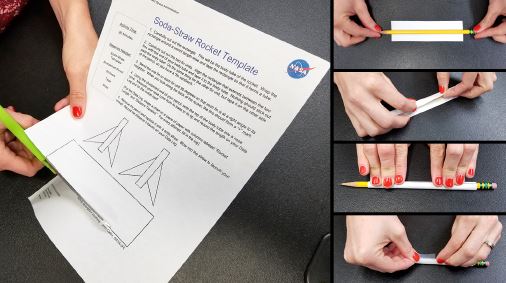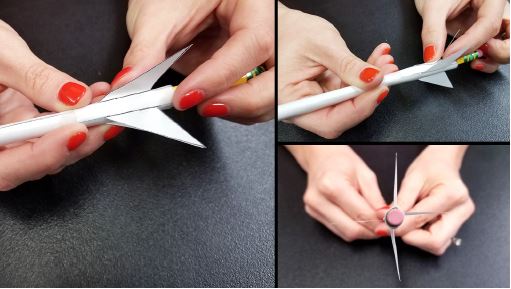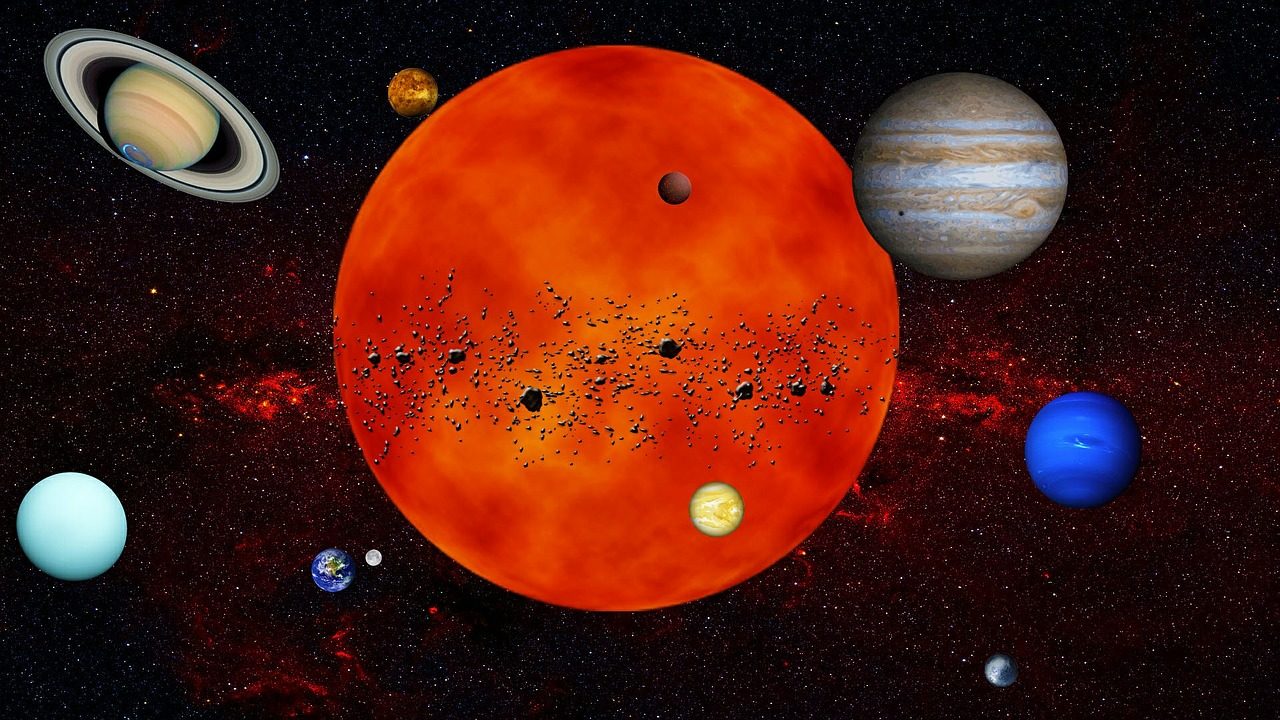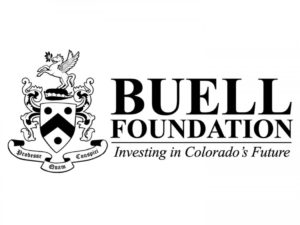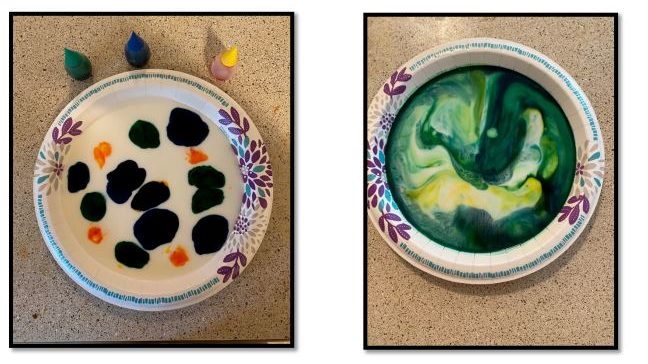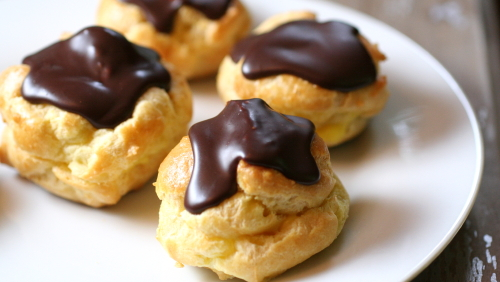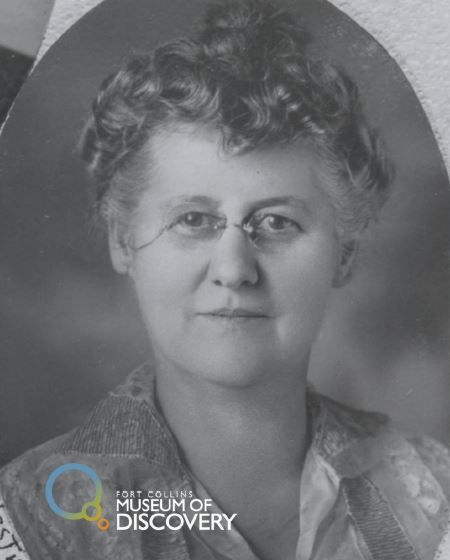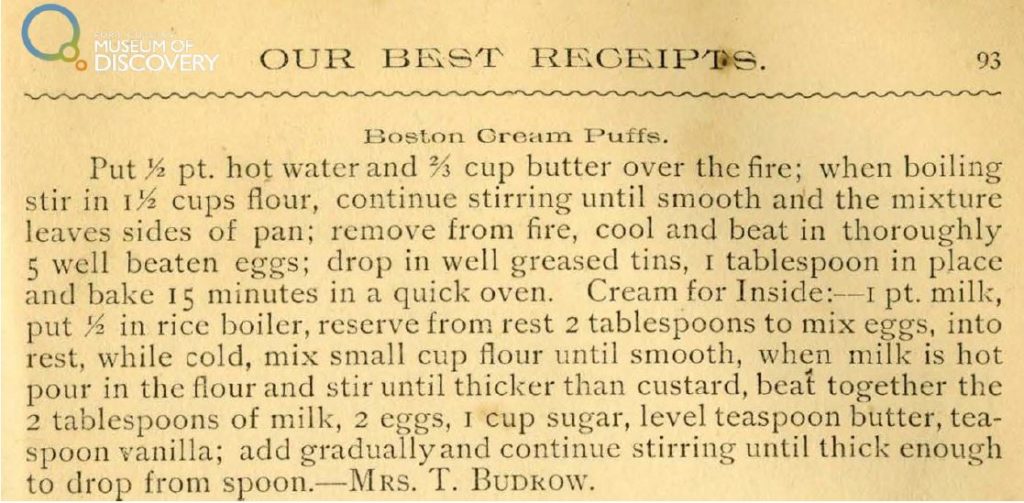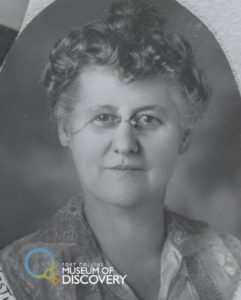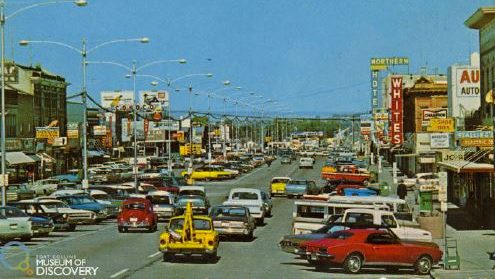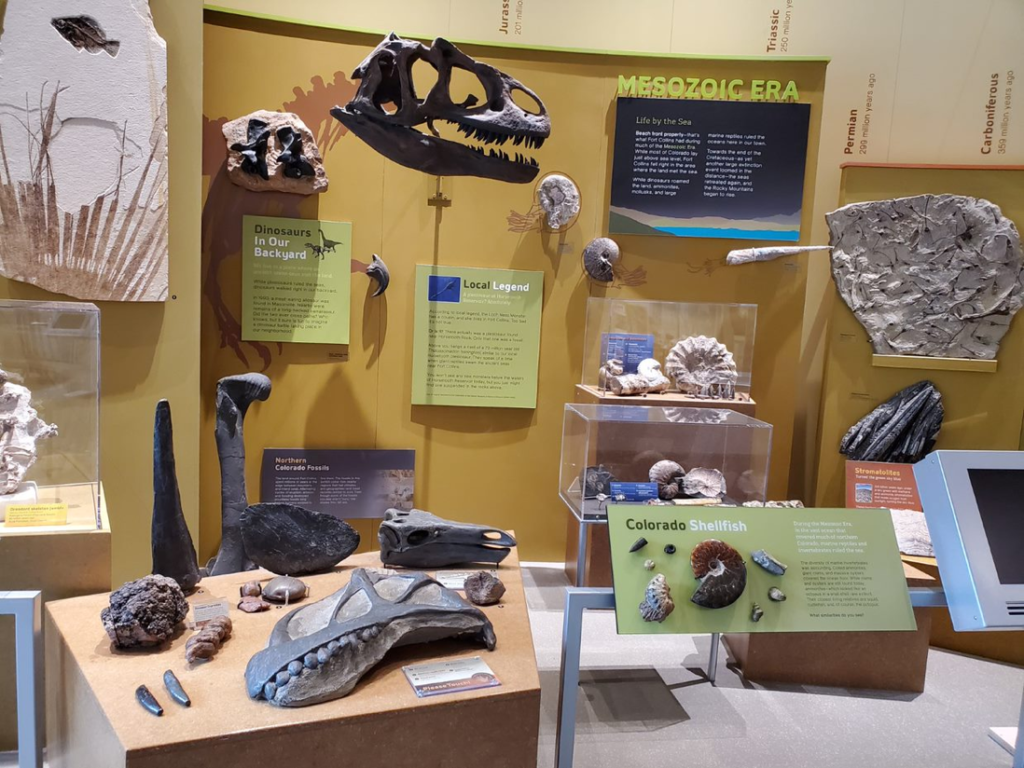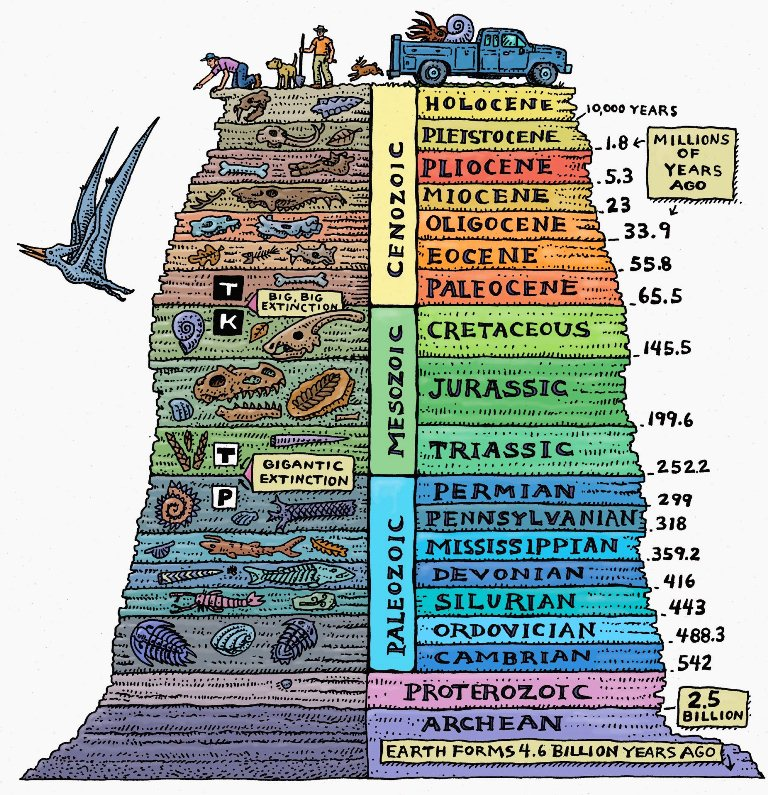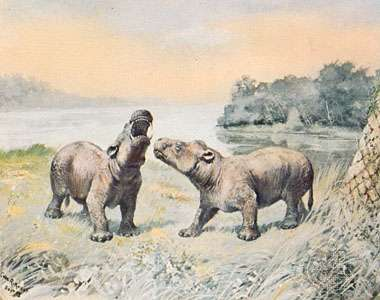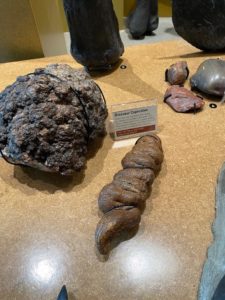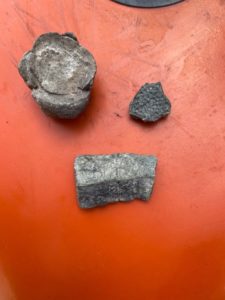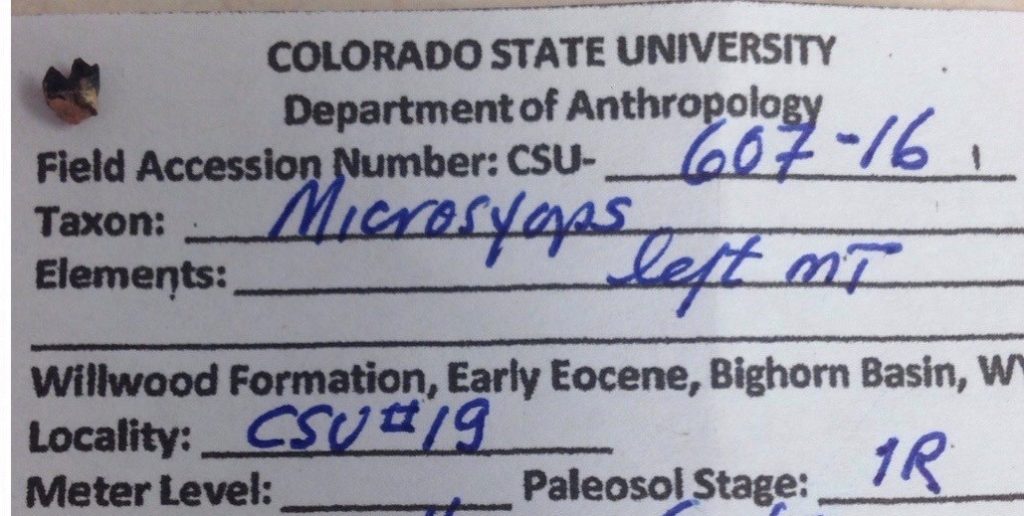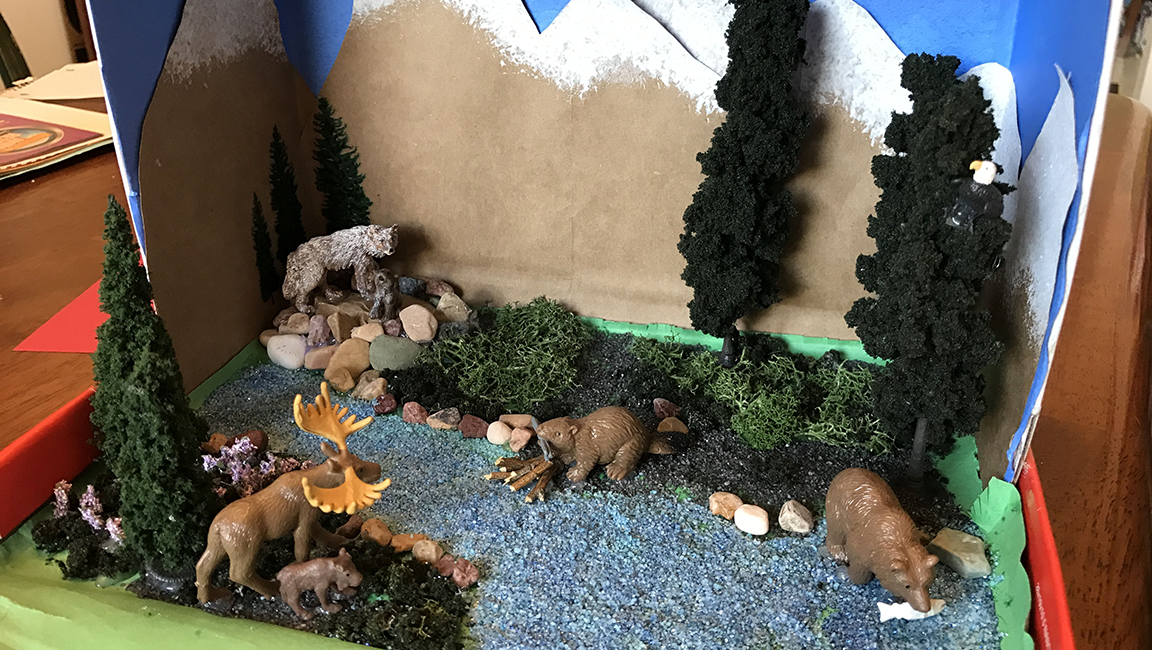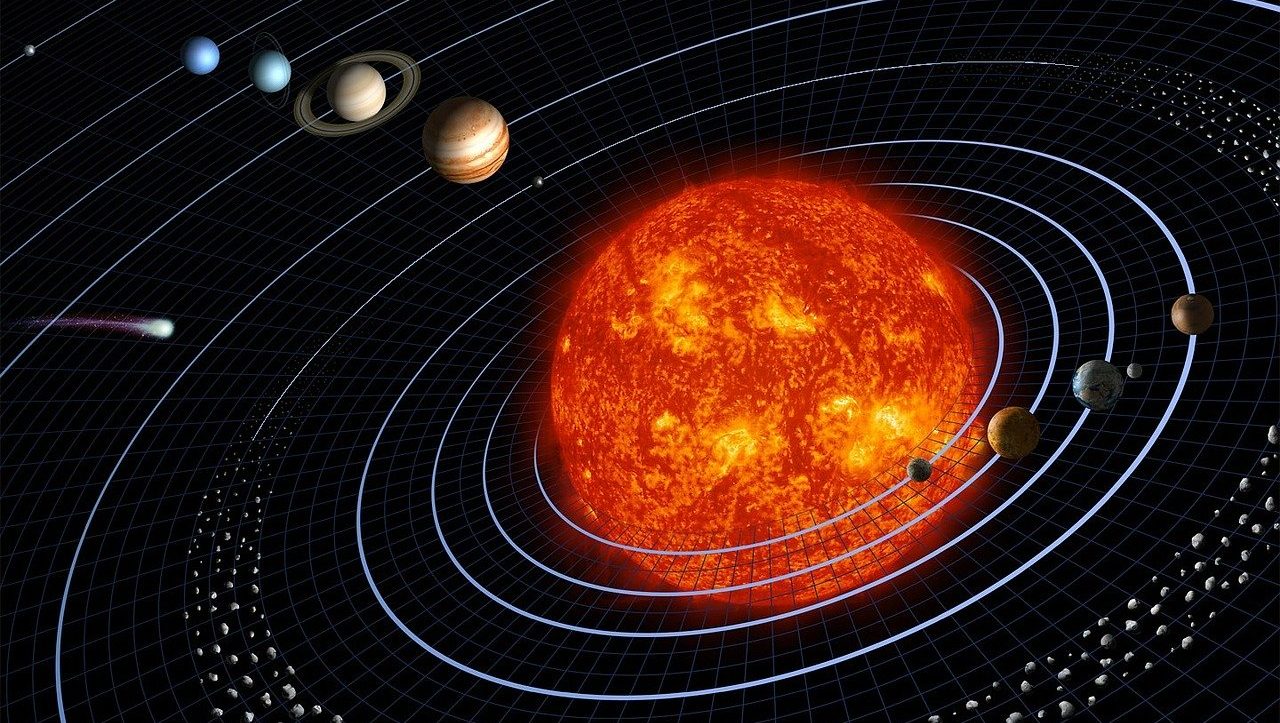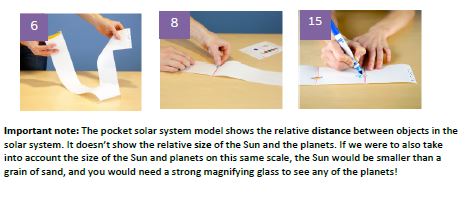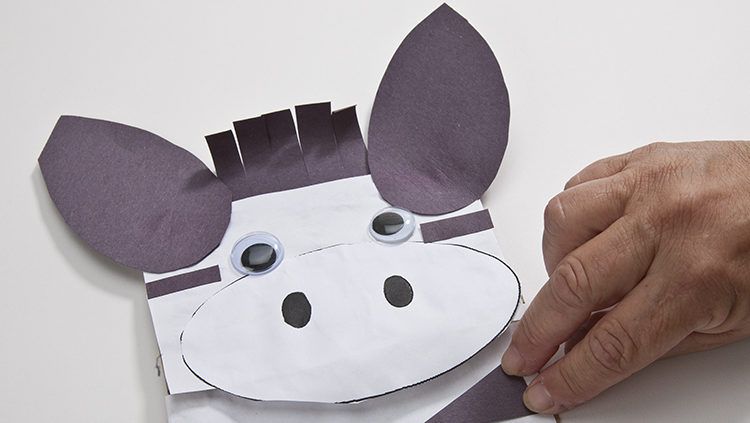Post written by Hannah Curtis, Education Assistant.
Daily Discovery: Optical Illusions & Color Vision
Is your brain playing tricks on you? Optical Illusions can use color, light and patterns to create images that can be deceptive or misleading to our brains. The information gathered by the eye is processed by the brain, creating an interpretation or reality, and may not match the true image. Our brains are slow, well only by one-tenth of a second, but in that time it computes, translates, reacts and process information.
Perception refers to the interpretation of what we take in through our eyes. Optical illusions occur because our brain is trying to interpret what we see and make sense of the world around us. Optical illusions simply trick our brains into seeing things which may or may not be real.
See if your brain believes your eyes with some optical illusions below. Learn how they are perceived by your eyes and interpreted by your brain!
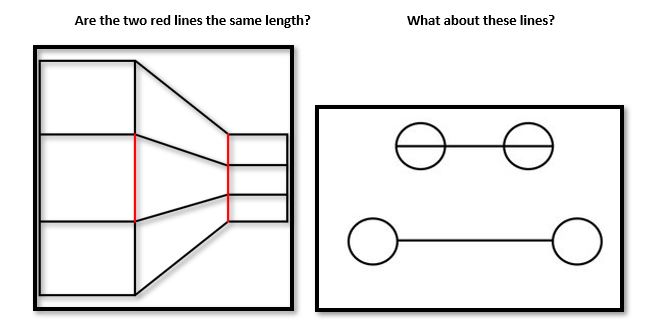
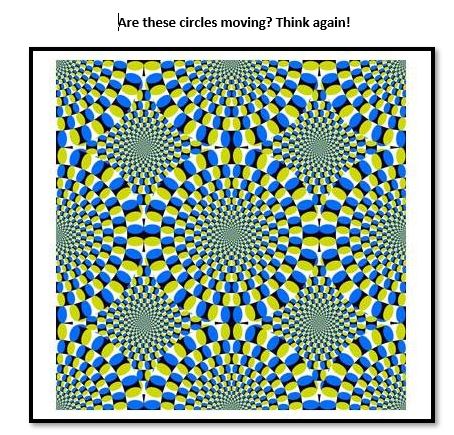
Face Recognition
From a young age, our brains are trained to recognize and remember faces. Infants smile and react when they see a face they recognize more than a strangers face. We are able to recognize friends and family in a crowded room, and identify the sex of an individual based on slight facial features. Our “face sense” ability relies on the neurons within the fusiform gyrus in the brain. Injury to this area can cause face blindness which prevents an individual from recognizing close relatives, or even themselves in the mirror. Location of the Fusiform Gyrusin the Brain; Labroots.

Our brains are also tricked when two faces are displayed to us at the same time. Our eyes see two face shapes, but our brain struggles to perceive them separately and will morph them together. See for yourself with this celebrity face morph experiment.

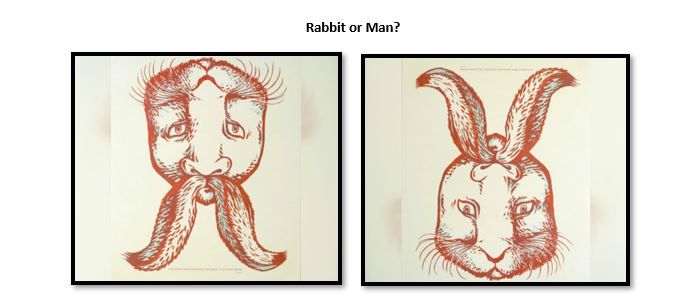

Color Illusions
Our eyes do much more than observe our surroundings, they also allows us to see those surroundings in color! The photoreceptors, respond to light, dark and color wavelengths. The rods are sensitive to changes in light and dark environment and are used more often at night. Cones are sensitive to bright light color wavelengths and are used mainly during the day. There are three different types of cones which are receptive to red, green, and blue light. The colors we see are perceived when the cells within the cones fire together sending messages to the brain for interpretation.

Just like the muscles in our body, the cone receptors can become fatigued when you stare at a color for a long period of time. The cone becomes less sensitive to that color of light and when you look away other the colors opposite on the color wheel are what we briefly see.
On a contemporary color wheel, the colors opposite orange and green are red and blue, allowing you to see the flag in it’s red, white and blue fashion!



Follow along with our Daily Discovery! Click here for all activities that you can do at home.
Educational opportunities like this are supported in part by Fort Fund.


